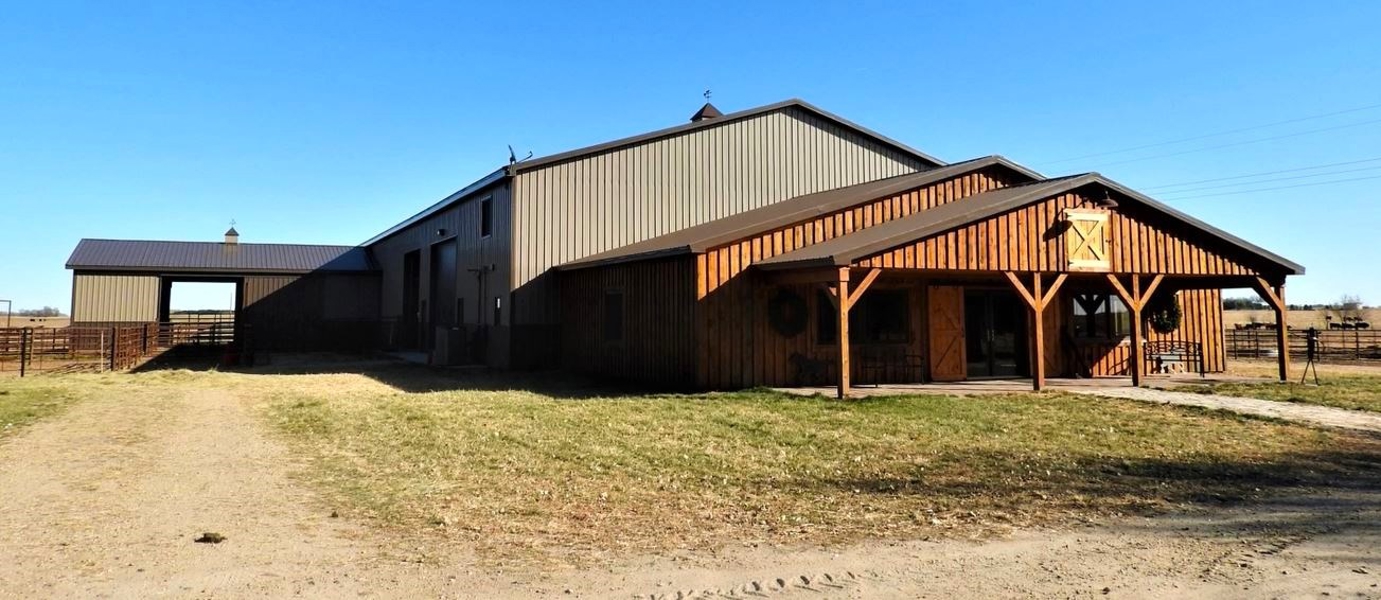
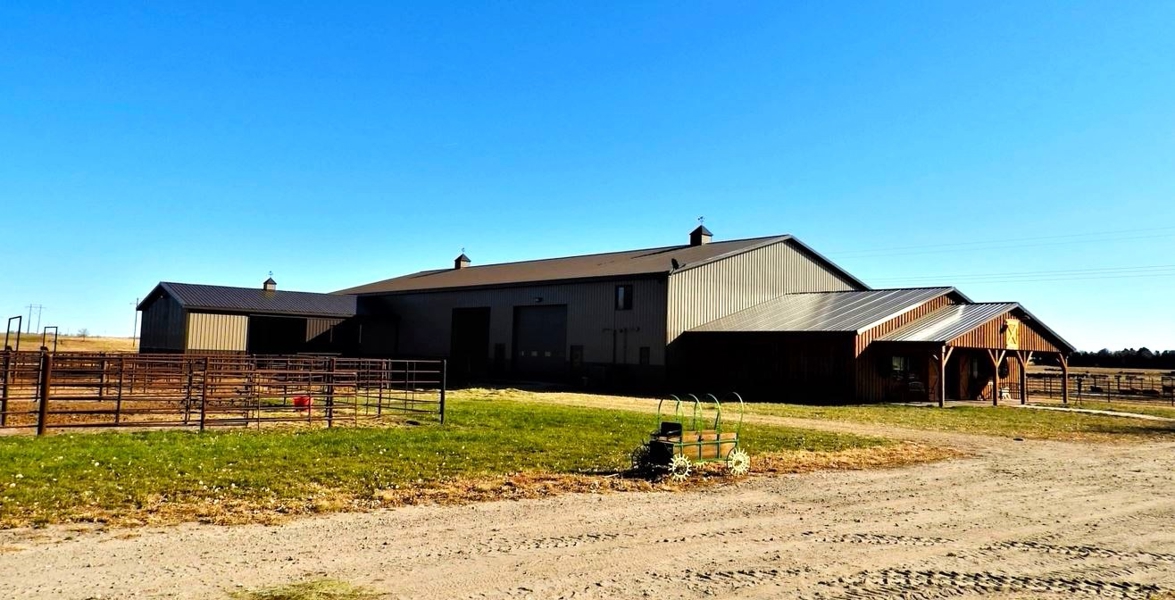
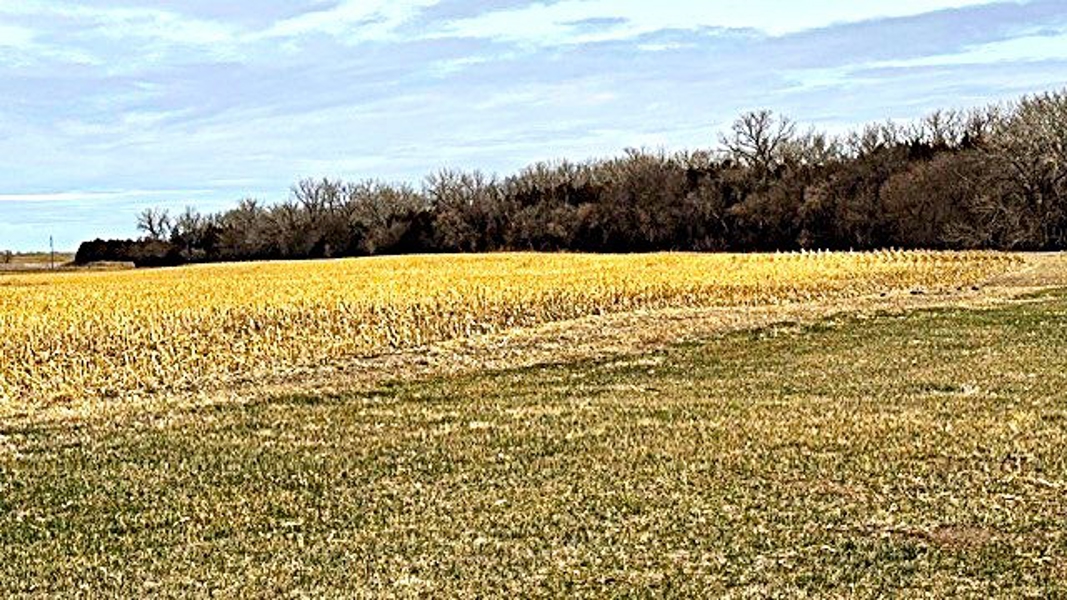
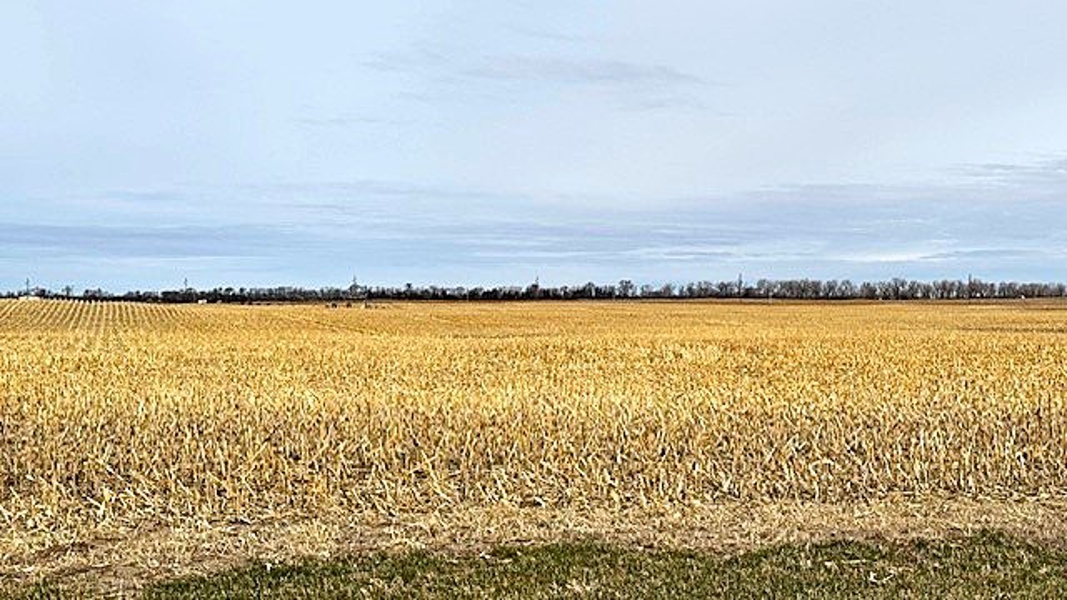
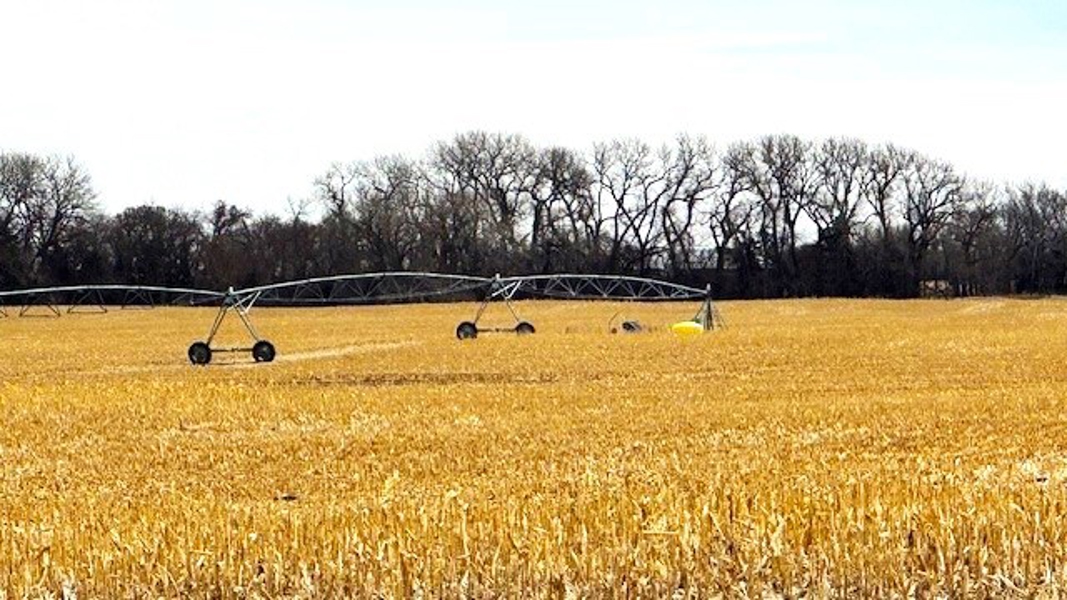
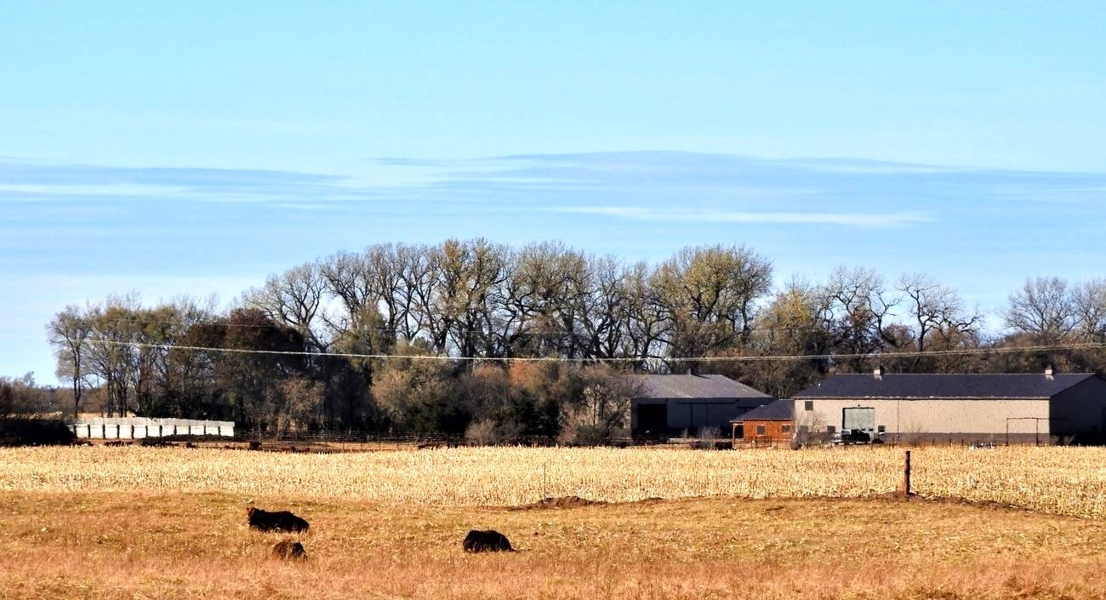
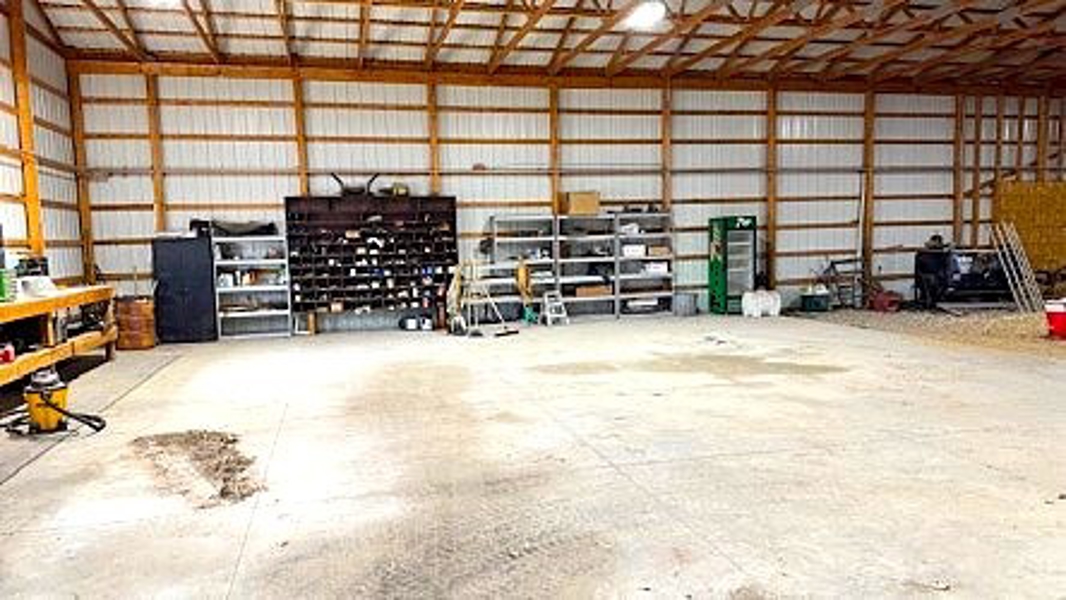
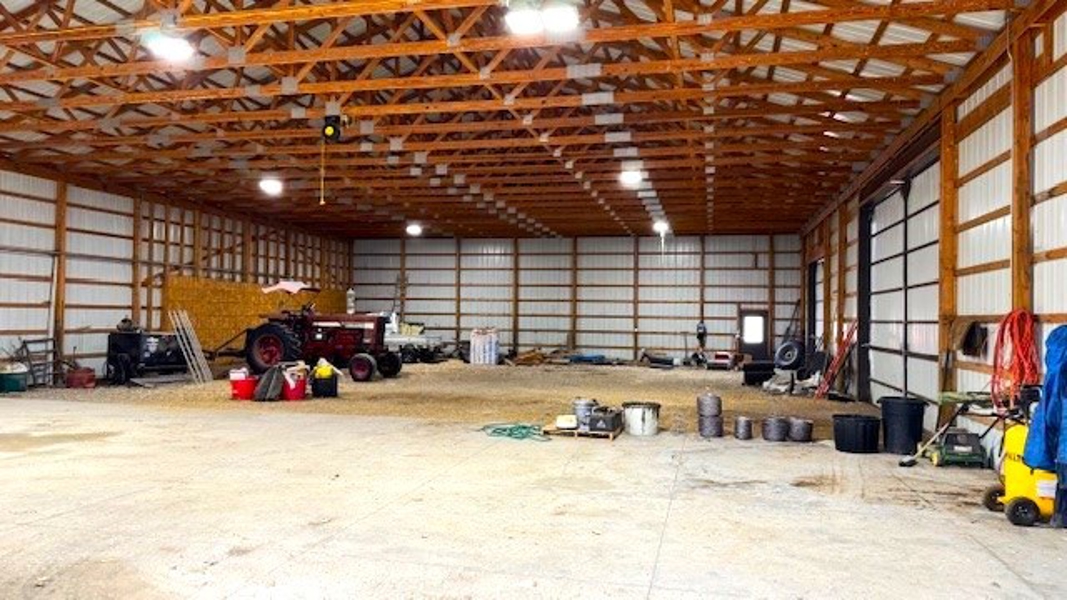
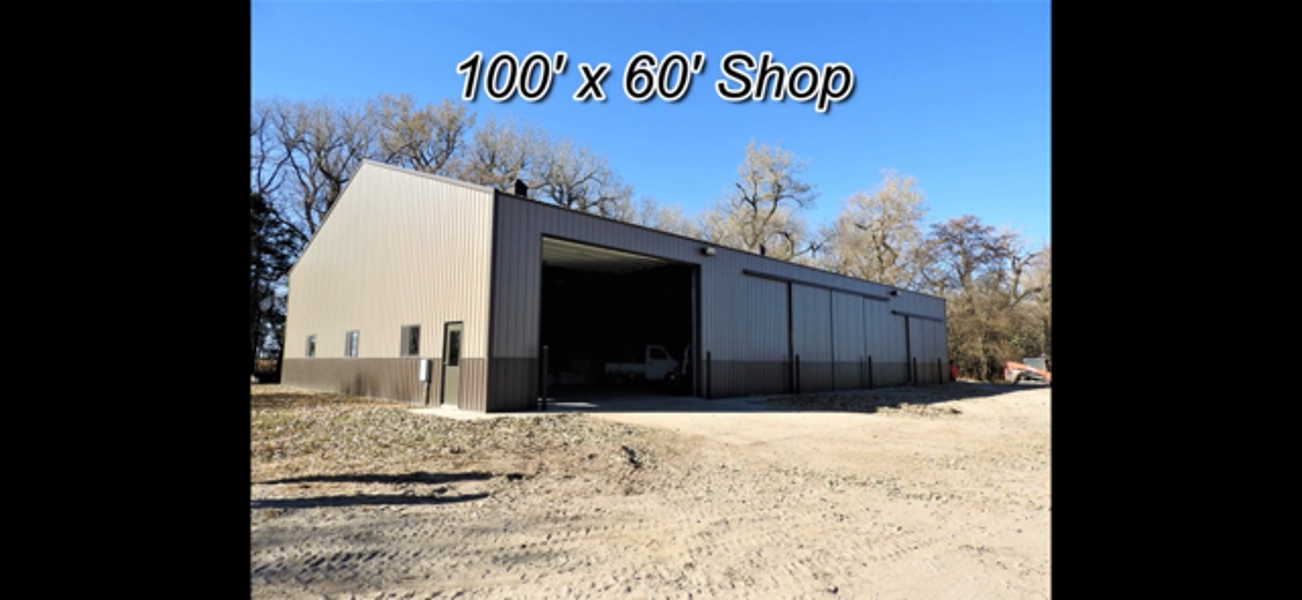
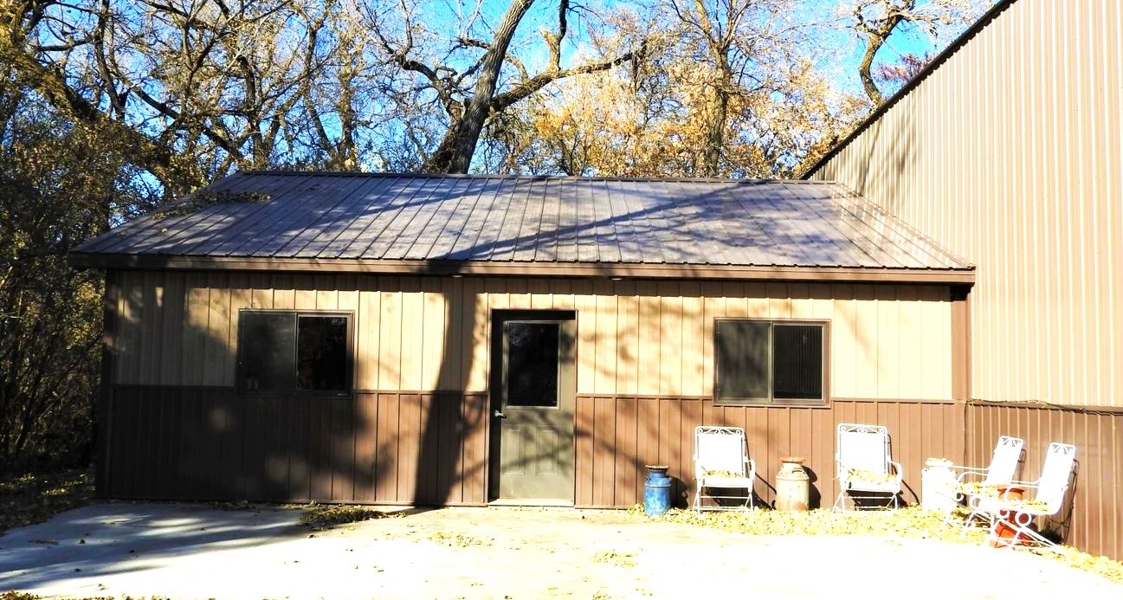
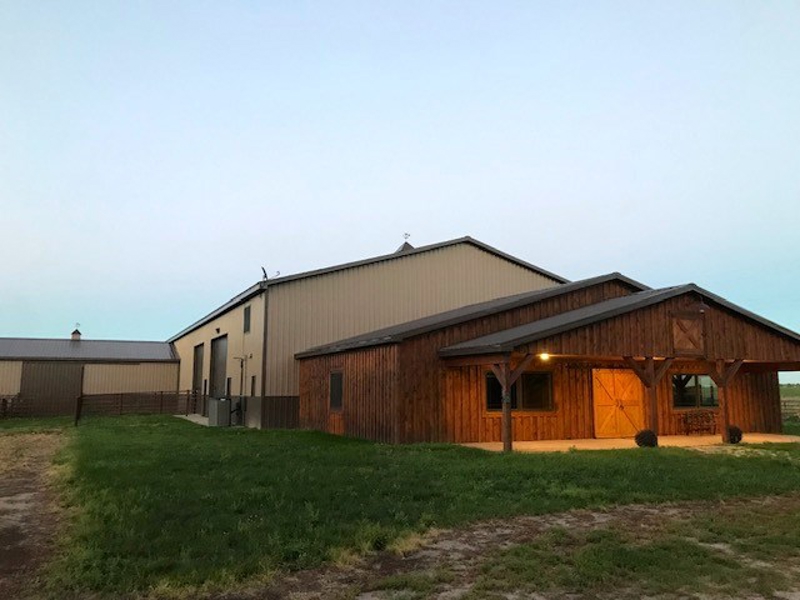
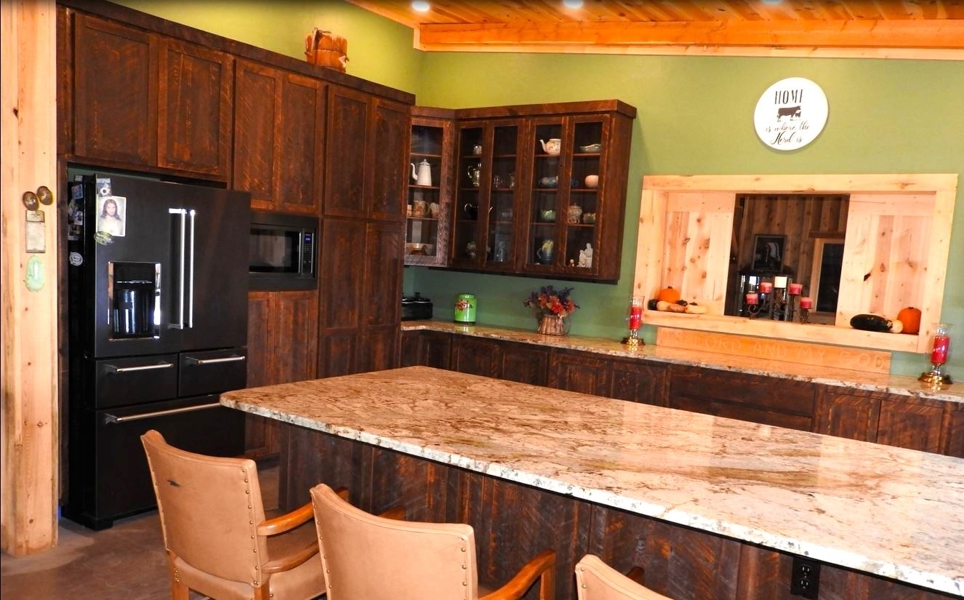
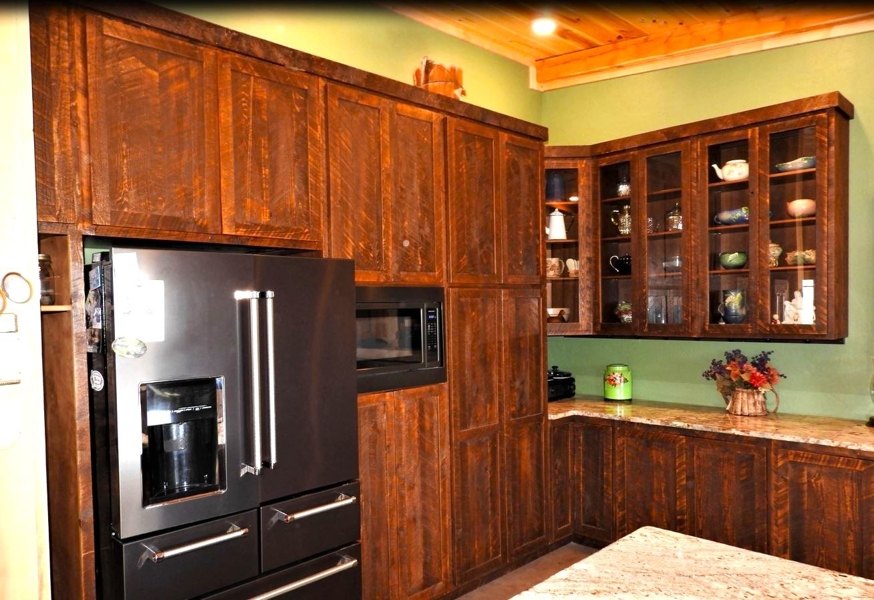
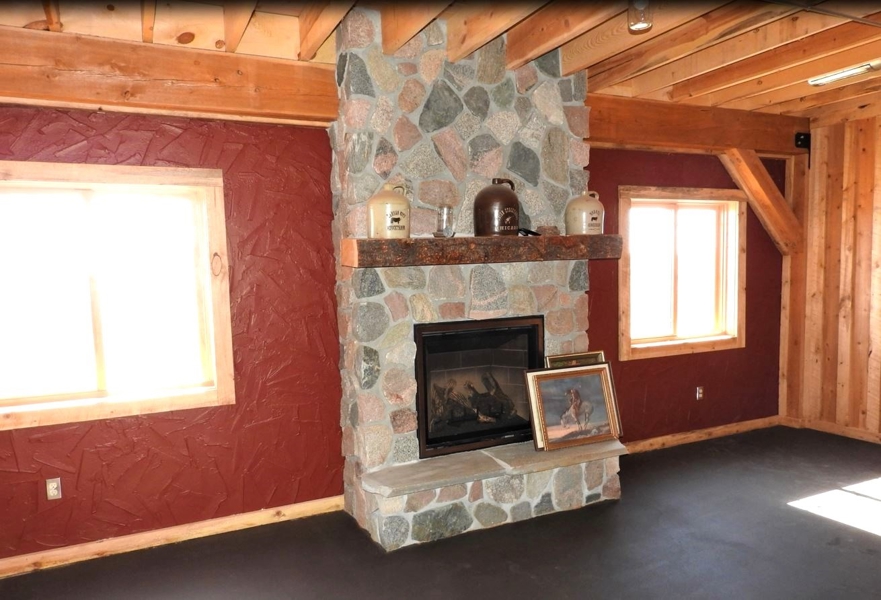
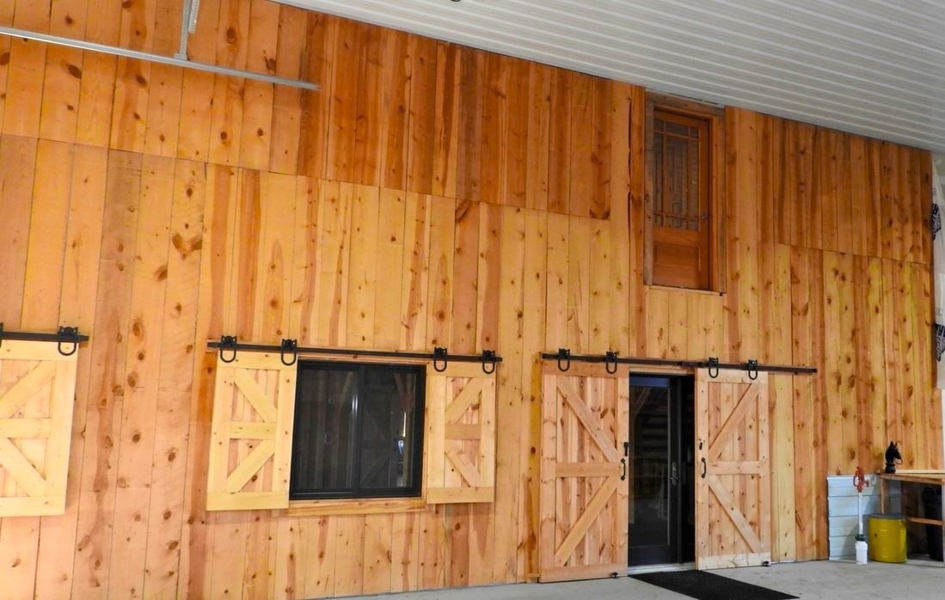
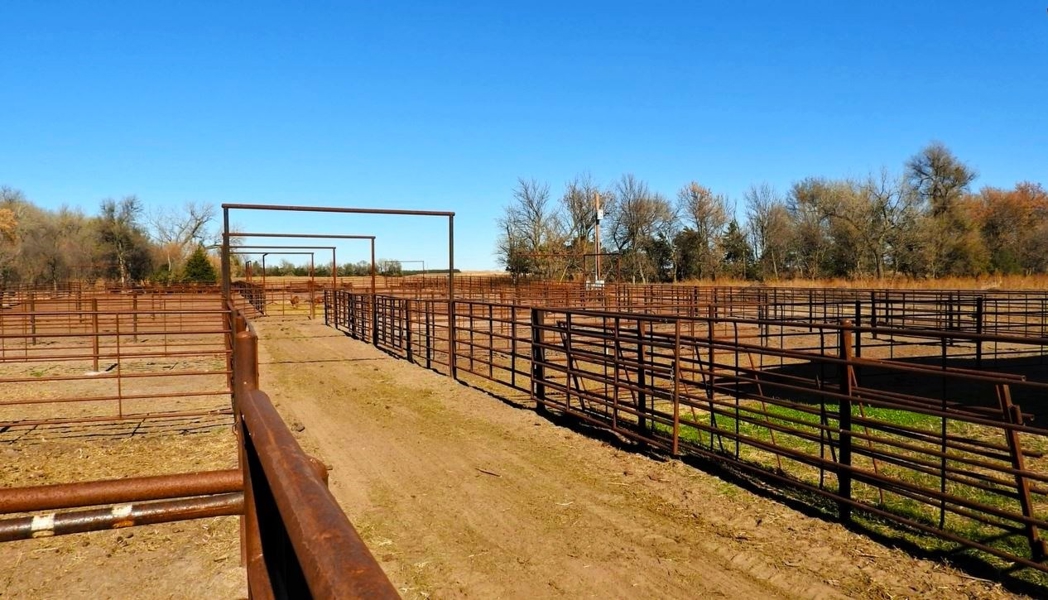
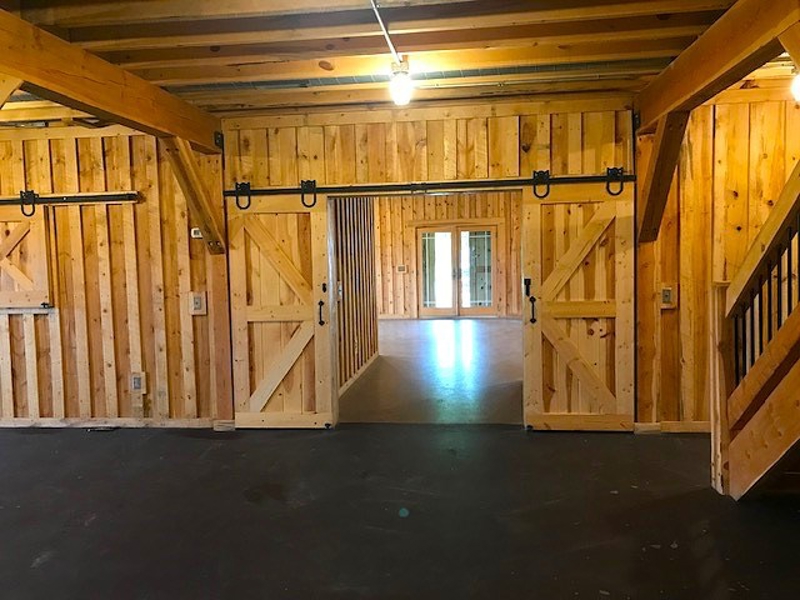
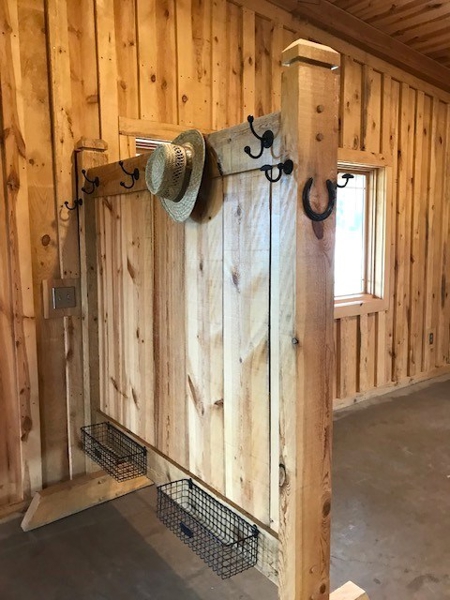
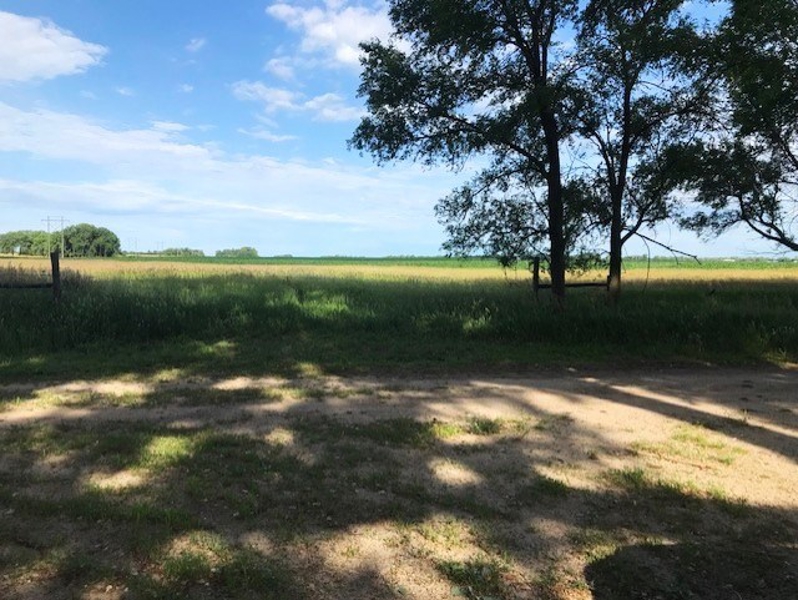
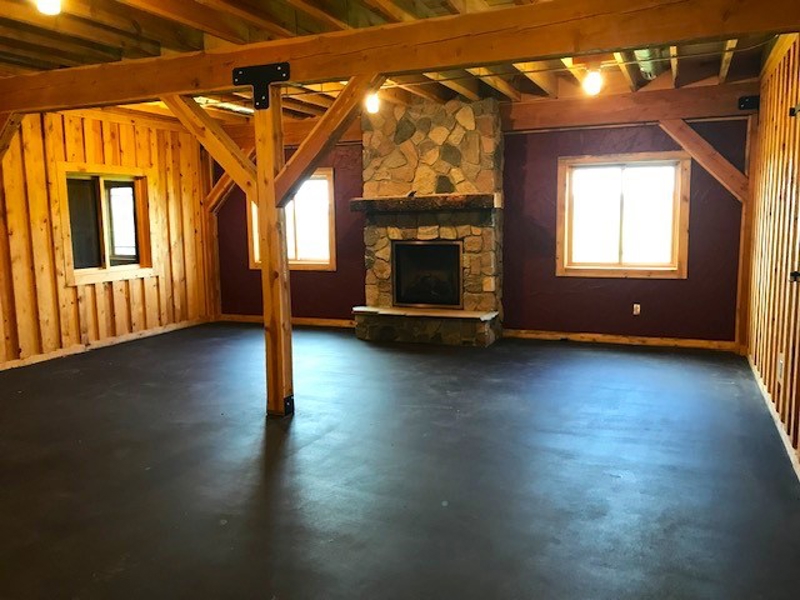
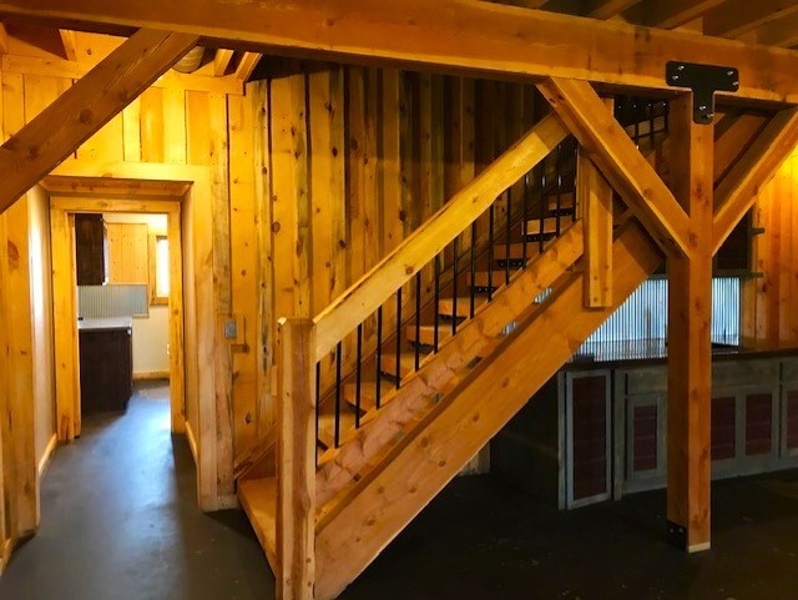
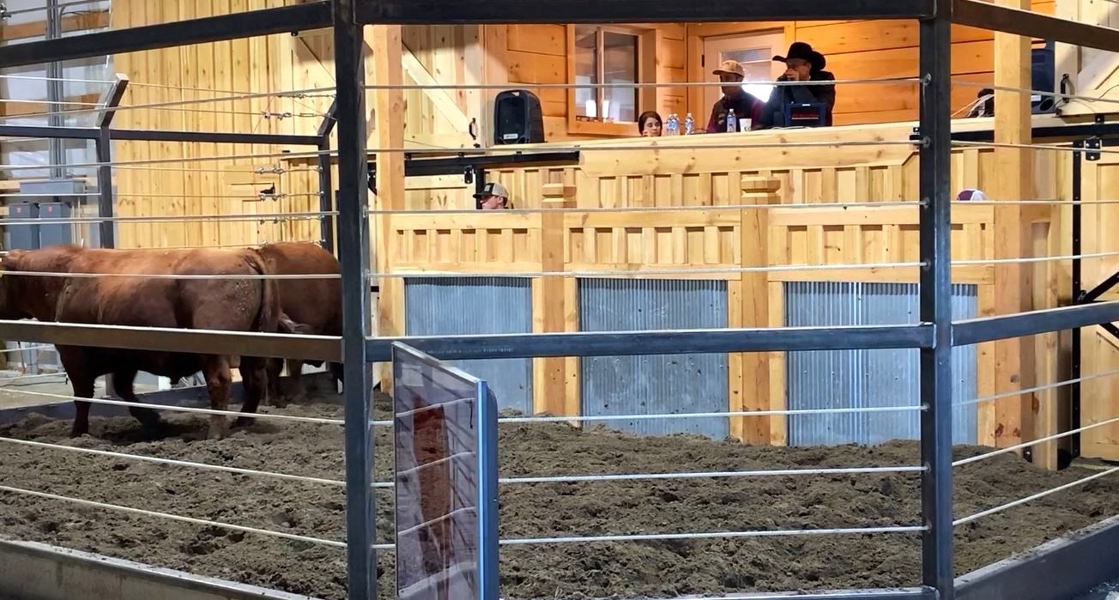
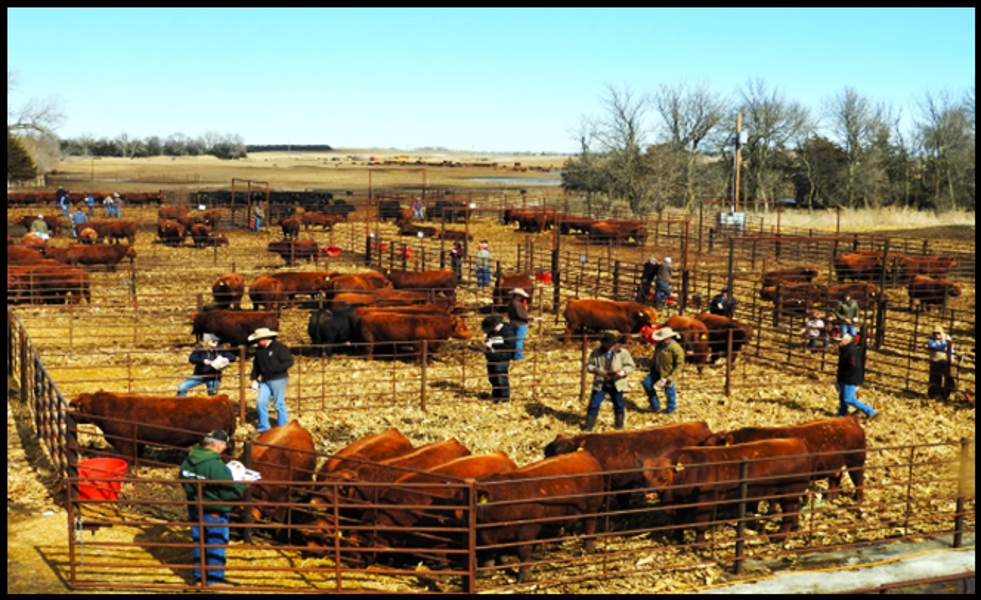
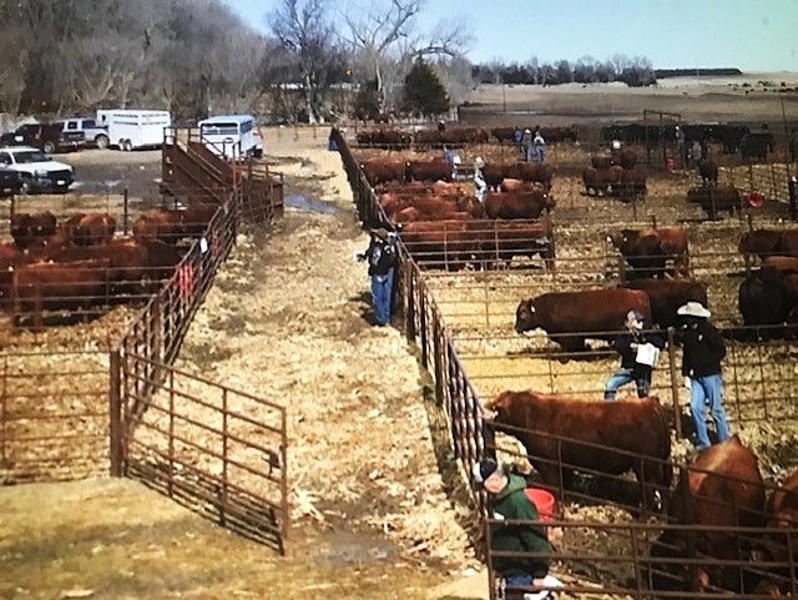
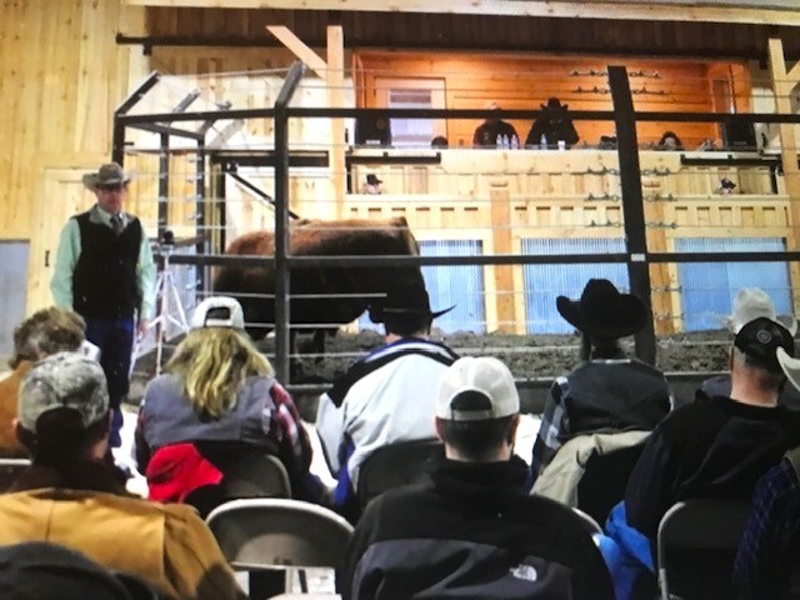
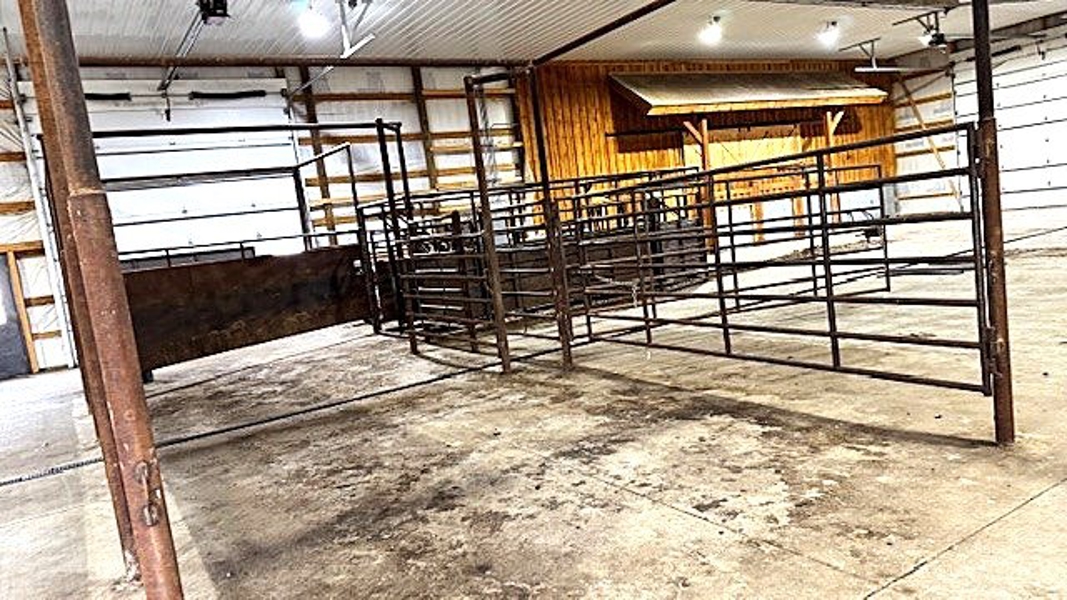
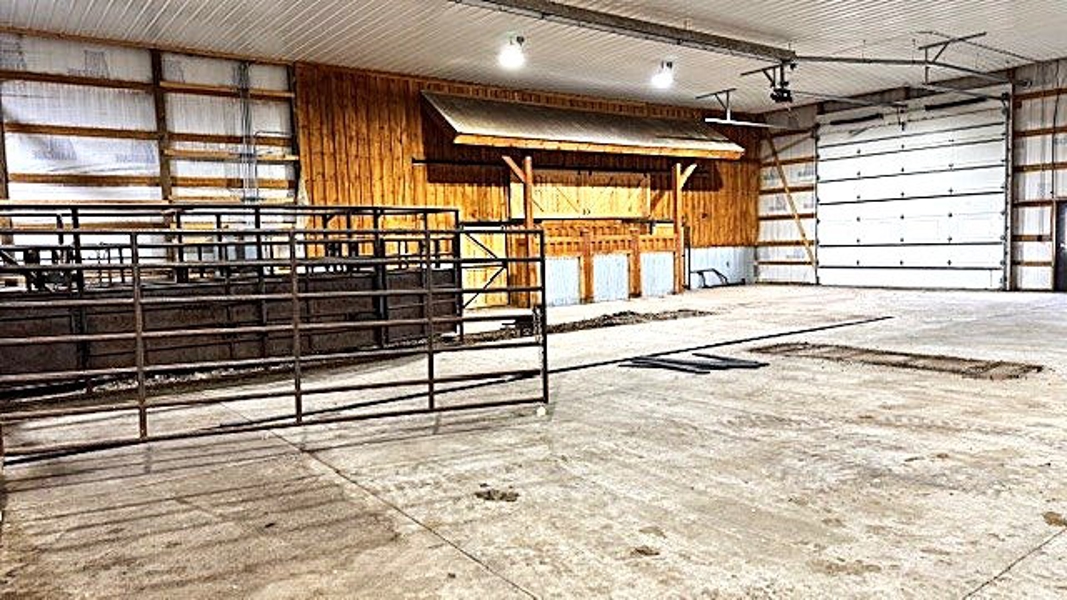
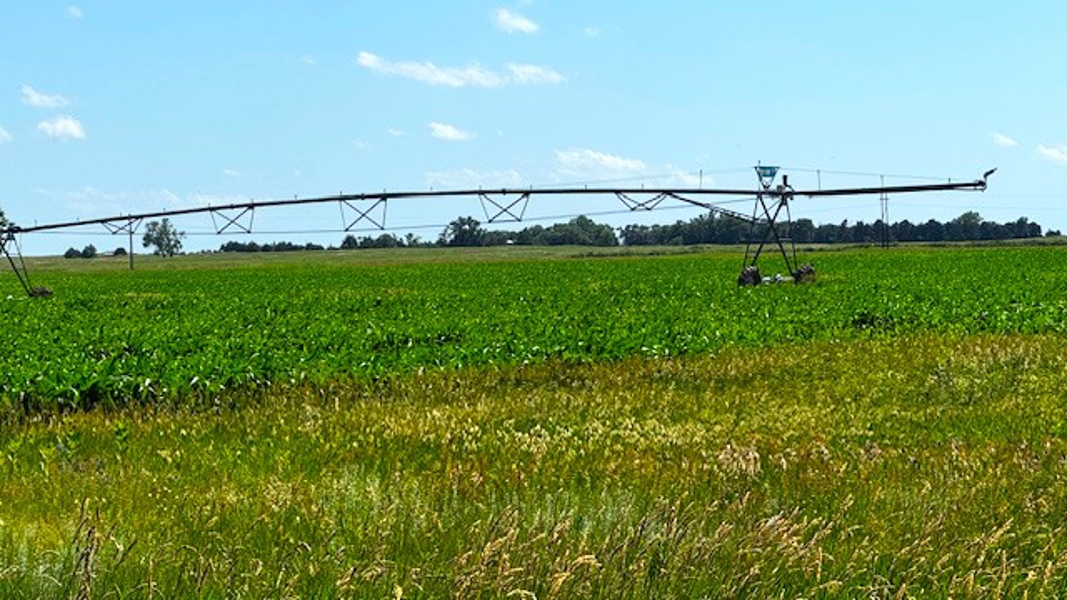
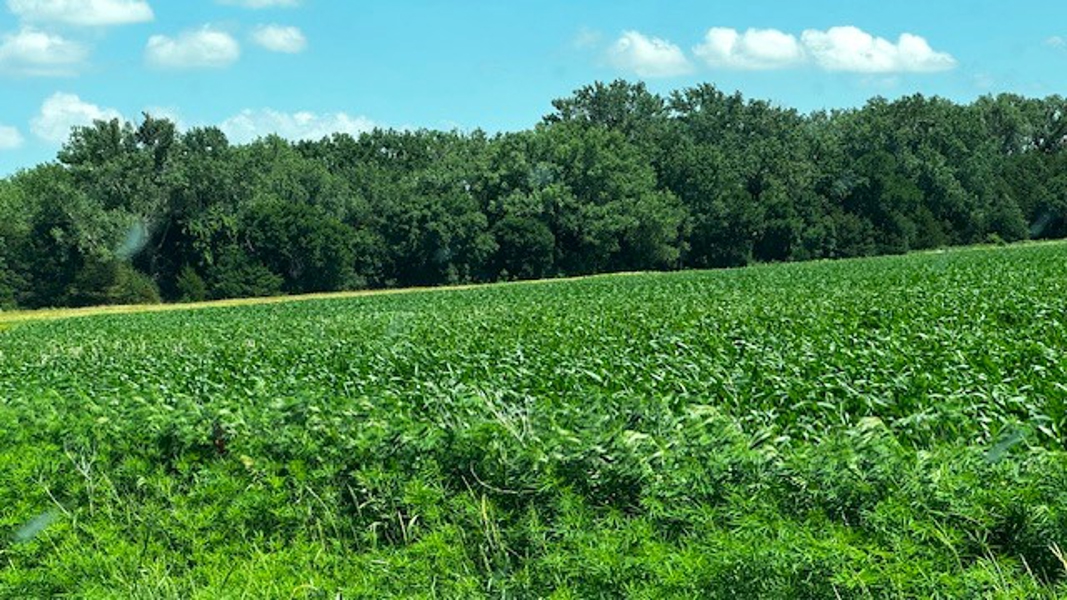
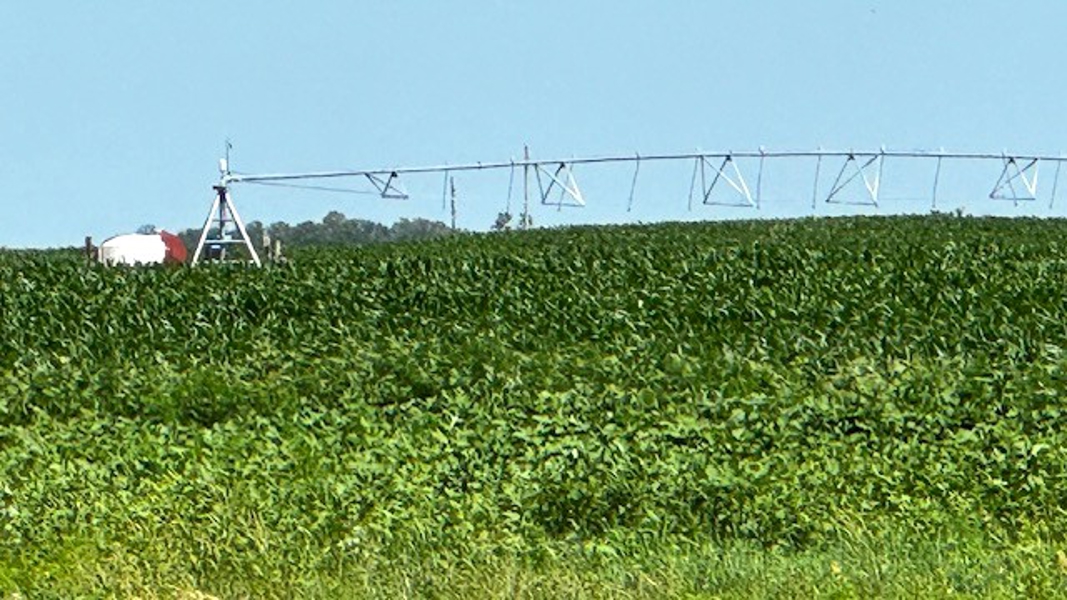
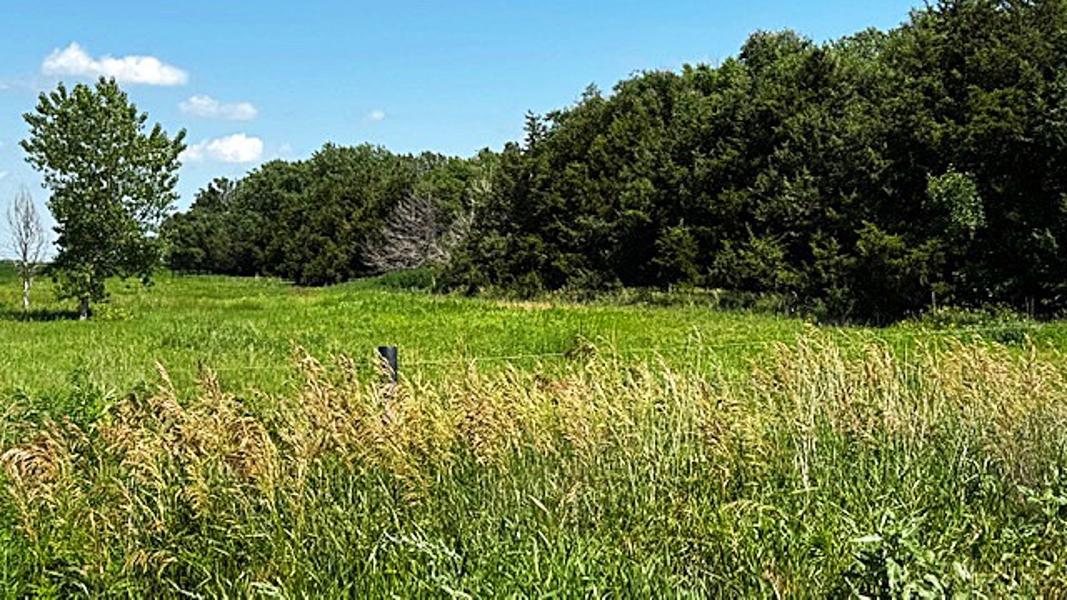
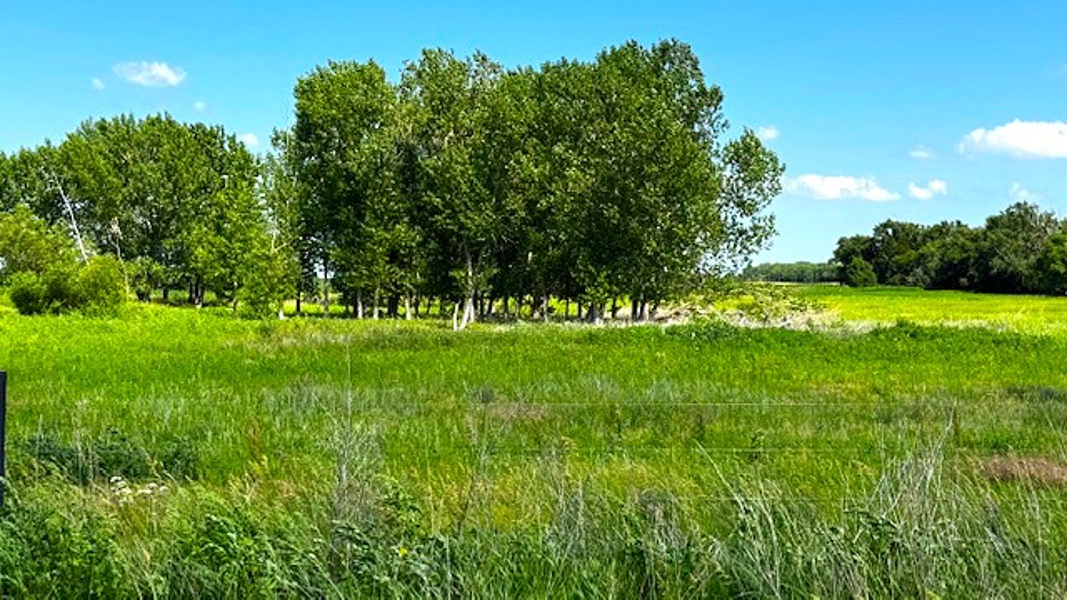
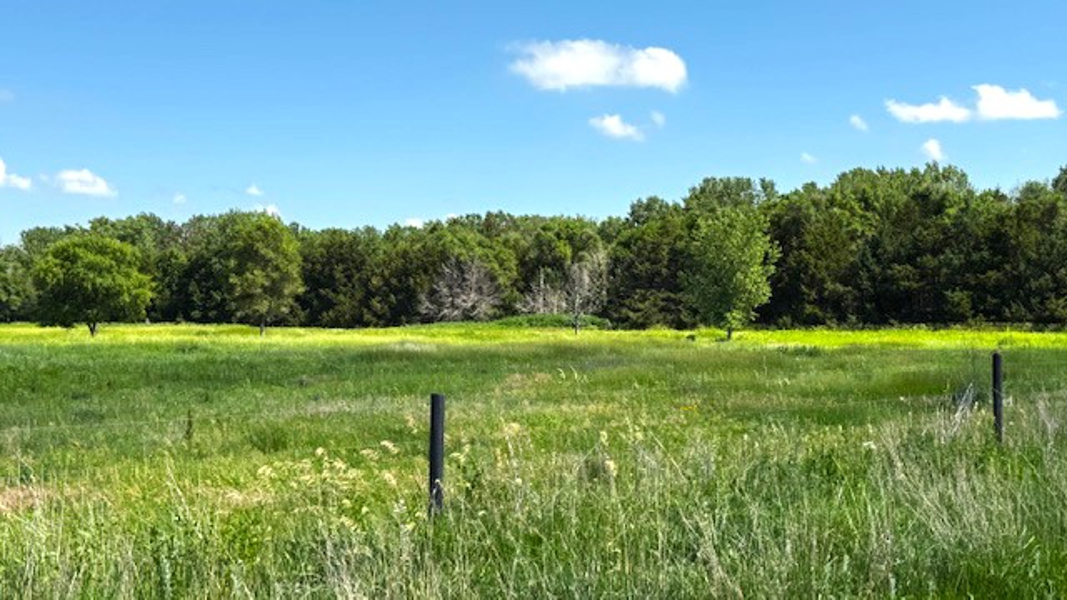
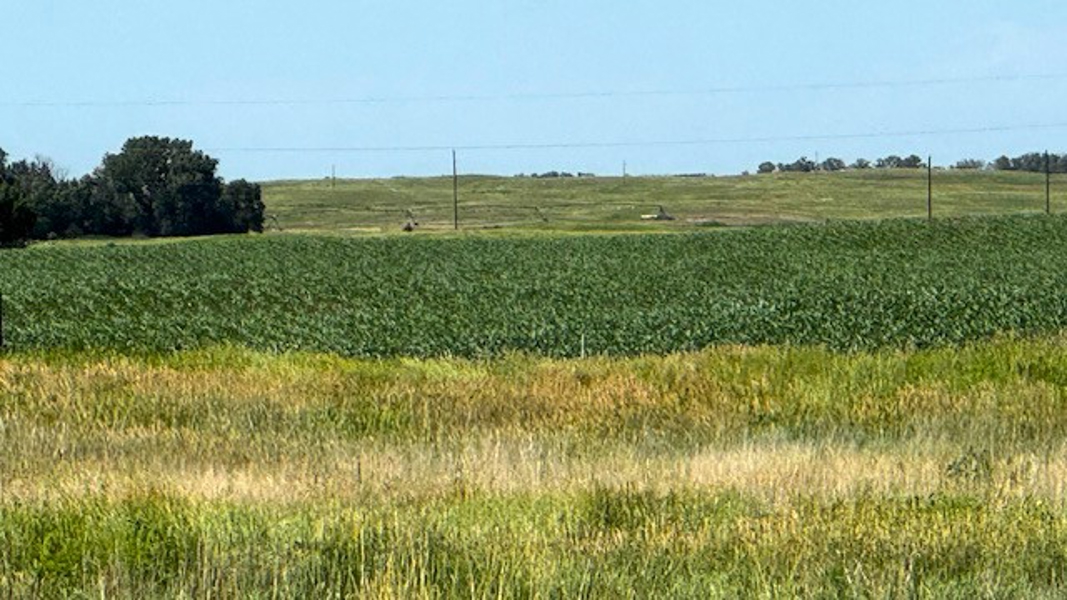
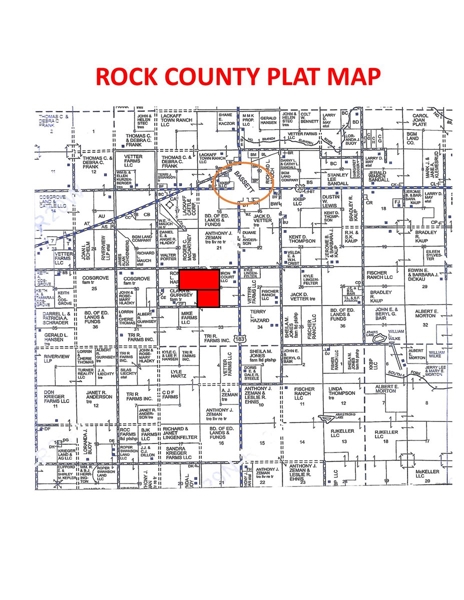
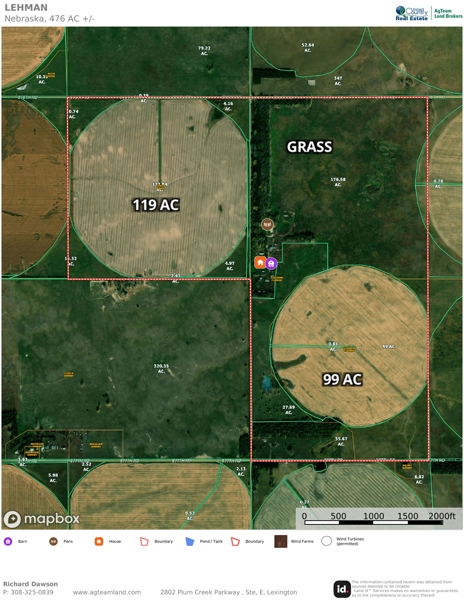
Photos
$5,500,000
MLS: 26015-01164
476. Acres
6,178 SqFt
3 beds
2.0 baths
NEBRASKA SANDHILLS FARM/RANCH WITH BARNDOMINIUM
The property is 476 contigious acres. There are two center pivot sprinkler systems irrigating 218 acres of cropland that can be utilized for cash grain, hay, or forage production. Two shallow, unlimited irrigation wells provide the water. There are no pumping restrictions. The corners of the center pivot irrigated cropland are native grassland that can be hayed or Fall grazed with the corn stalks. The remaining acres consists of the building improvements, cattle pens, native grass, and large tree groves and shelter belts. Pride of ownership in every detail.
Property features exceptional improvements all new in 2017: Large barn with auction ring, auctioneer block, double cattle alley, ultra nice barndominium residence with 2 bedrooms and 3 bathes attached to end of barn. 100’x60’ shop with half concrete floor. Two bedroom 1,080 sq ft bunkhouse. Steel corrals. Bull and heifer development feeding pens.
Pond. Deer & Wild Turkey. Pride of ownership in every detail.
Great winter protection with large mature tree groves & shelter belts.
NEBRASKA SANDHILLS: The Nebraska Sandhills is a unique and fascinating region in the United States. It’s a vast area of grass-stabilized sand dunes covering about 19,300 square miles, primarily in north-central Nebraska. This makes it one of the largest sand dune formations in the Western Hemisphere. Despite being "sandhills," it’s not a desert—it's a mixed-grass prairie ecosystem, with the grasses anchoring the dunes in place. The region sits atop the Ogallala Aquifer, which provides groundwater that supports wetlands, lakes, and ranching, even though rainfall is relatively low.
Ranching dominates the Sandhills economy, with cattle grazing on the native grasses. It’s sparsely populated—Cherry County, for example, has more cattle than people by a huge margin. The landscape is rugged and rolling, with some dunes reaching up to 330 feet high. It’s a place of subtle beauty: wide-open skies, wildflowers like yucca and prairie roses, and wildlife such as mule deer, pronghorn, and sandhill cranes that migrate through in massive numbers.
Historically, the Sandhills were shaped by wind erosion after the last Ice Age, and they’ve stayed largely untouched by intensive farming due to the sandy soil being unsuitable for crops. It’s a bit of a hidden gem—remote, quiet, and not heavily touristed. Places like Valentine, Nebraska, serve as gateways, and the Sandhills Scenic Byway (Highway 2) and state highway 20 offers a great way to see it.
IRRIGATION DATA: Registered well data attached in "Documents".
West Pivot (NE1/4, Section 19): Valley sprinkler system. Electric motor. 119 irrigated acres. Irrigation well drilled in 1969. 1000 gpm. 15 ft static water level. Pumping depts 65 ft.
South Pivot (Tract in SW1/4, Section 28): Valley system. Diesel power unit. 99 irrigated acres. Well drilled in 1982. 750 gpm. Static water level 20 ft. Pumping depth 65 ft.
NEBRASKA: If you are not familiar with Nebraska (The Good Life), this YouTube video titled Nebraska From Above with show you a quick summary of the state from the metro areas of Omaha and Lincoln to the farmland, ranchland and large lakes & rivers in the sparsley populated western part of the state.
2024 REAL ESTATE TAXES: $11,298.66 ($23.44 per acre)
LISTING AGENT:
Richard Dawson, owner/broker, United Country AgTeam Land Brokers. 308-325-0839

Richard Dawson